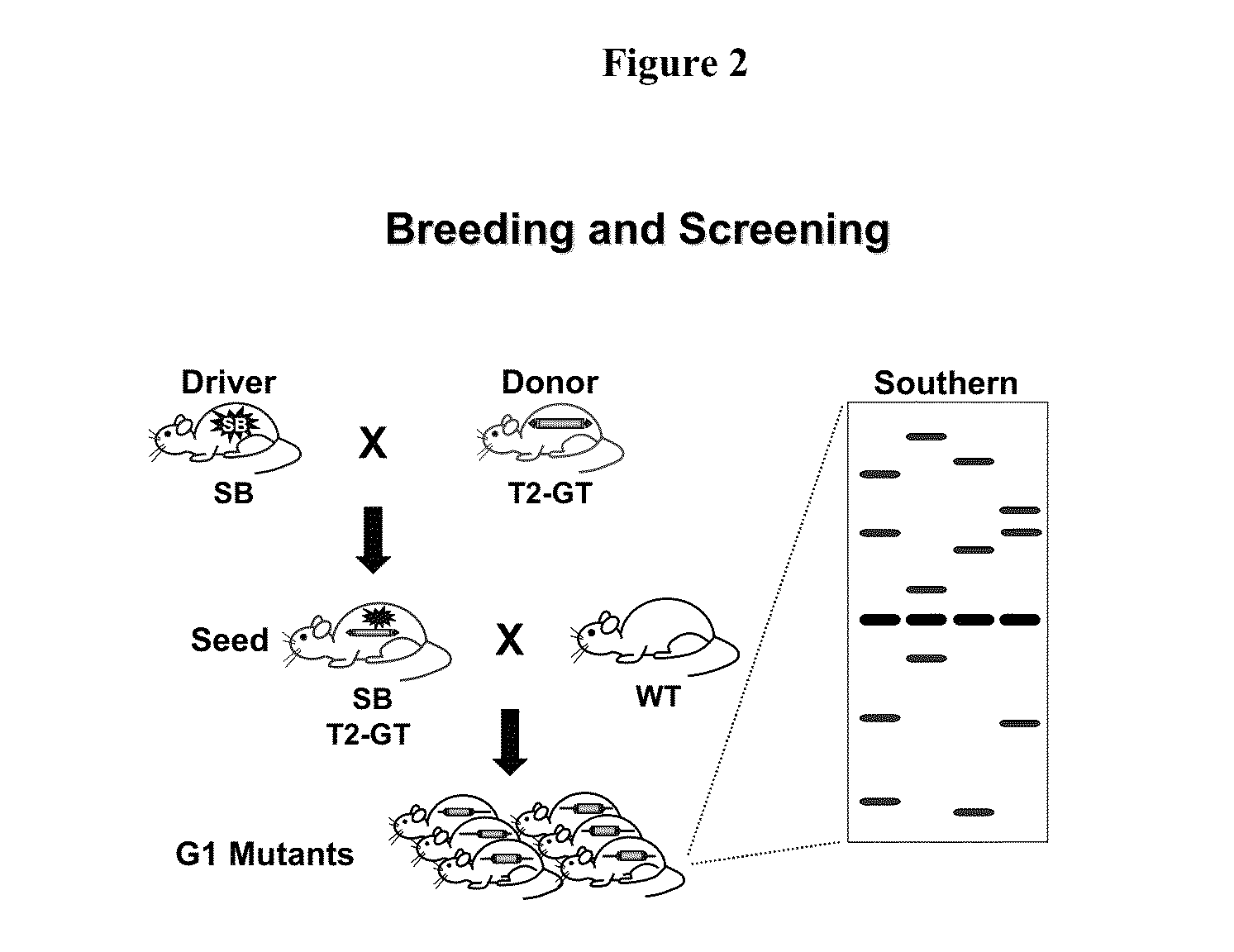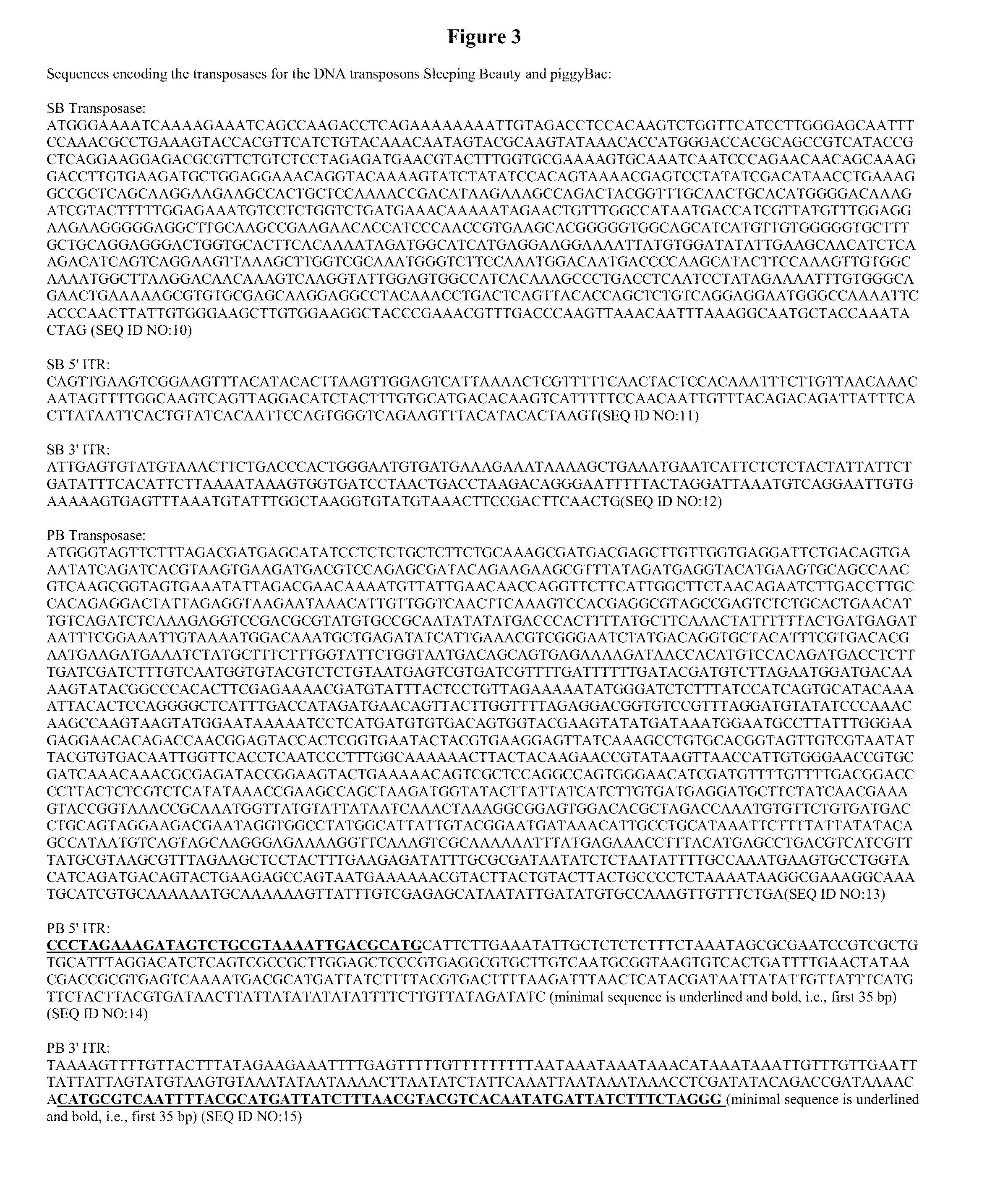Genetically modified rat models for severe combined immunodeficiency (SCID)
a combined immunodeficiency and rat model technology, applied in the field of genetically modified rat models for severe combined immunodeficiency (scid), can solve the problems of insufficient mutation in both copies of a single gene, change in the level of rna, and insufficient to create the desired physiological
- Summary
- Abstract
- Description
- Claims
- Application Information
AI Technical Summary
Benefits of technology
Problems solved by technology
Method used
Image
Examples
examples
[0232]The rat and progenies thereof of the present invention may be any rat or progenies thereof, so long as they are a rat or progenies thereof in which genome is modified so as to have decreased or deleted activity of the severe combined immunodeficiency (SCID) gene.
[0233]Gene Disruption Technique Which Targets at a Gene Encoding Adenosine Deaminse (Ada)
[0234]The gene disruption method may be any method, so long as it can disrupt the gene of the target enzyme. Examples include a homologous recombination method, a method using retrovirus, a method using DNA transposon, and the like.
[0235](a) Preparation of the Rat and Progenies Thereof of the Present Invention by Homologous Recombination
[0236]The rat and the progenies thereof of the present invention can be produced by modifying a target gene on chromosome through a homologous recombination technique which targets at a gene encoding the SCID gene. The target gene on chromosome can be modified by using a method described in Gene Tar...
PUM
| Property | Measurement | Unit |
|---|---|---|
| disease resistance | aaaaa | aaaaa |
| size | aaaaa | aaaaa |
| resistance | aaaaa | aaaaa |
Abstract
Description
Claims
Application Information
 Login to View More
Login to View More - R&D
- Intellectual Property
- Life Sciences
- Materials
- Tech Scout
- Unparalleled Data Quality
- Higher Quality Content
- 60% Fewer Hallucinations
Browse by: Latest US Patents, China's latest patents, Technical Efficacy Thesaurus, Application Domain, Technology Topic, Popular Technical Reports.
© 2025 PatSnap. All rights reserved.Legal|Privacy policy|Modern Slavery Act Transparency Statement|Sitemap|About US| Contact US: help@patsnap.com



